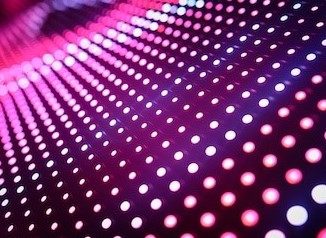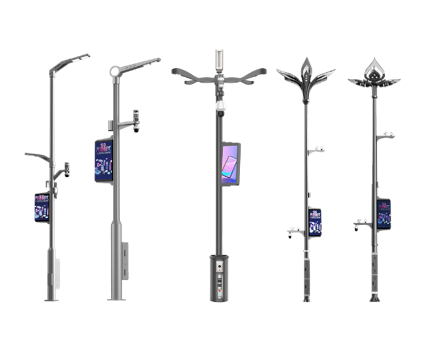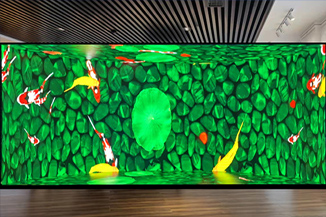Publisher: Supplier of LED Display Time: 2022-03-24 17:49 Views: 1422
LED displays are used in many industries, both indoors and outdoors. So here, the editor will teach you how to adjust the screen brightness.

The first one is to change the current flowing through the LED. Generally, the continuous working current of the LED tube is about 20 mA. Except for the saturation phenomenon of the red LED, the brightness of other LEDs is basically proportional to the current flowing.
Another method is to use the visual inertia of the human eye and use the pulse width modulation method to achieve grayscale control, that is, to periodically change the light pulse width, as long as the period of repeated lighting is short enough, the human eye cannot perceive the luminous image The element is shaking. Because pulse width modulation is more suitable for digital control, almost all LED screens use pulse width modulation to control gray levels today when microcomputers are generally used to provide LED display content.
The control system of the LED display usually consists of three parts: the main control box, the scanning board and the display control device. The main control box obtains the brightness data of each color of the pixels of a screen from the display card of the computer, and then redistributes it to several scanning boards, each scanning board is responsible for controlling several lines on the LED screen, and the display control signal of the LED on each line is It is transmitted in serial mode.
At present, there are two ways of serially transmitting display control signals: one is to centrally control the grayscale of each pixel on the scanning board, the scanning board decomposes the brightness value of each row of pixels from the control box, and then turns on the LED of each row. The signal is transmitted serially in the form of pulses to the corresponding LEDs in a row to control whether they are lit or not.




